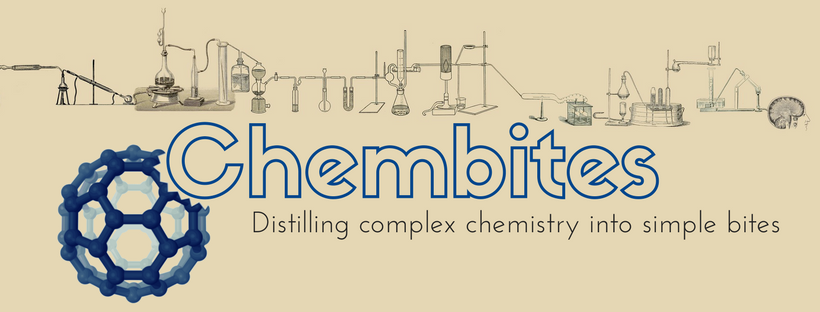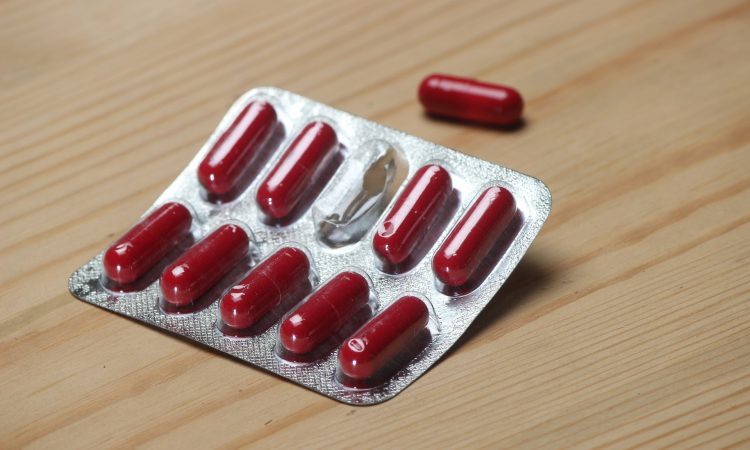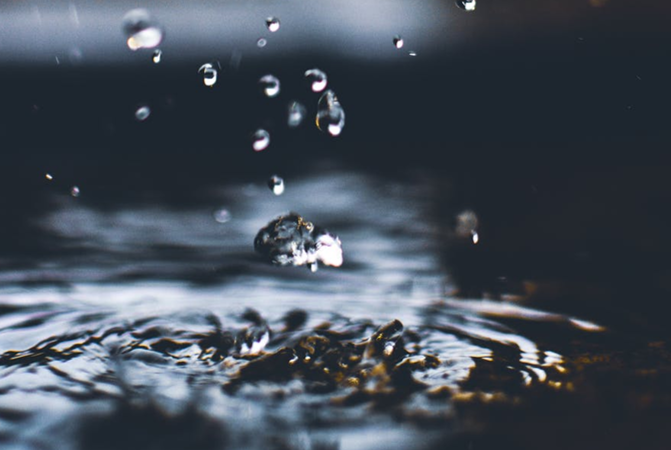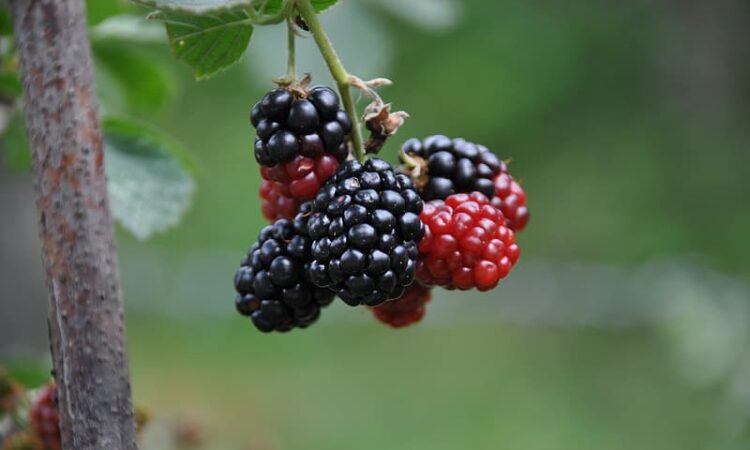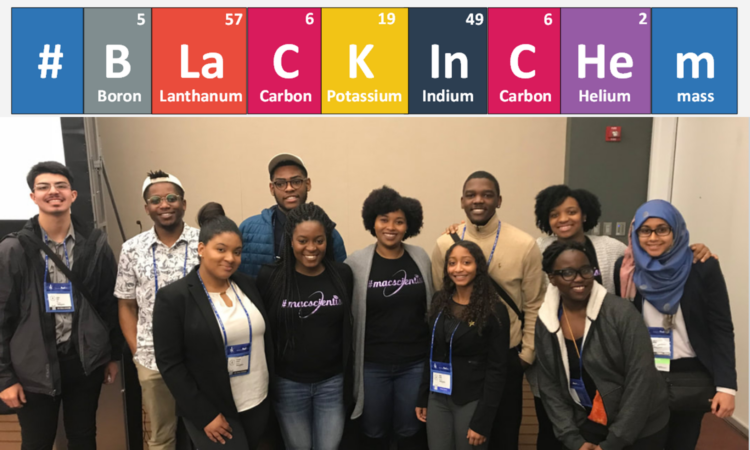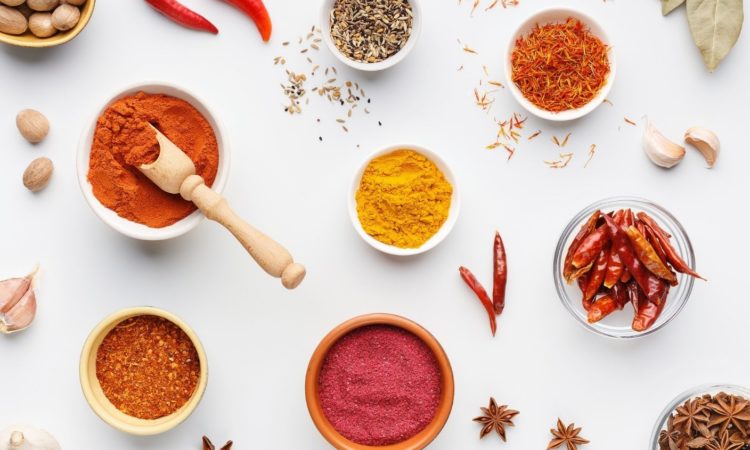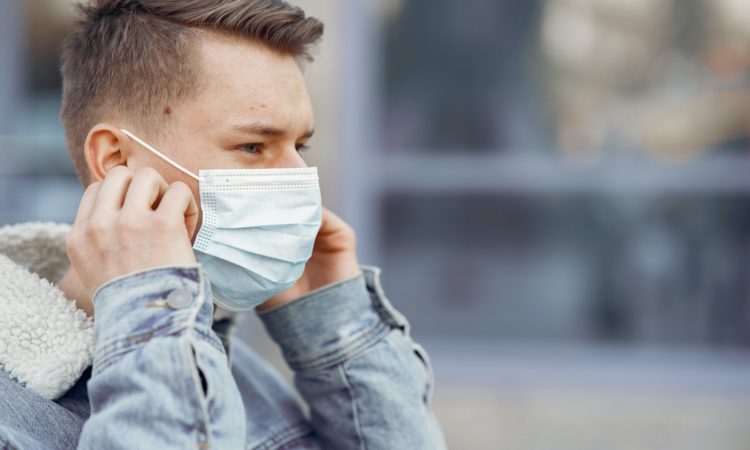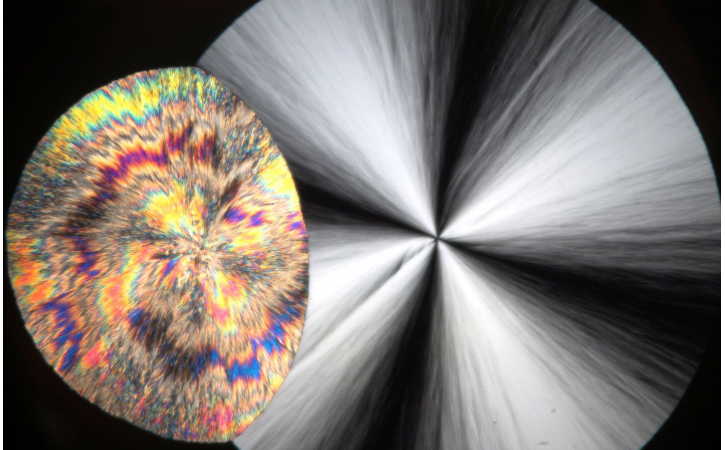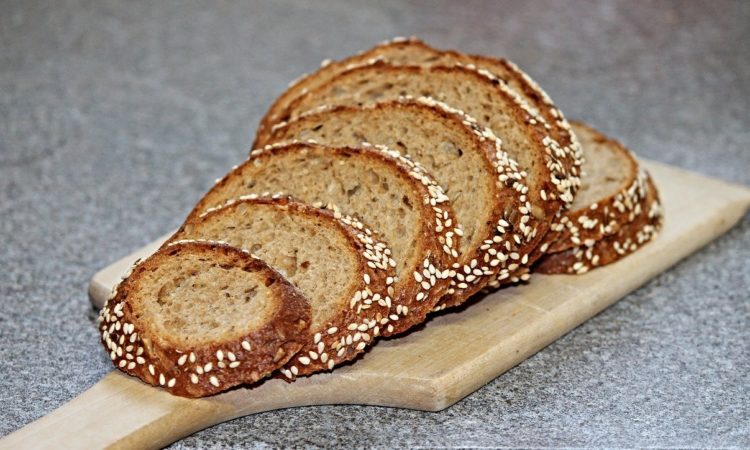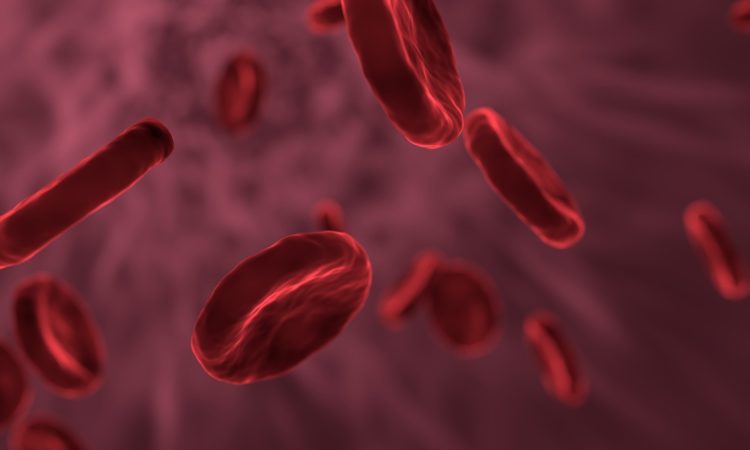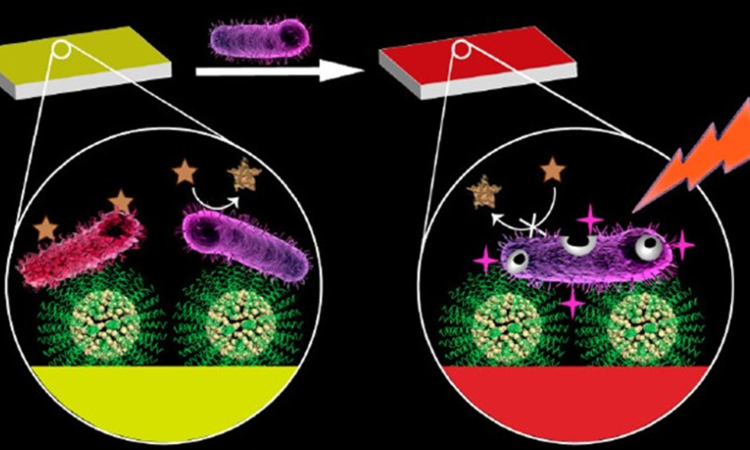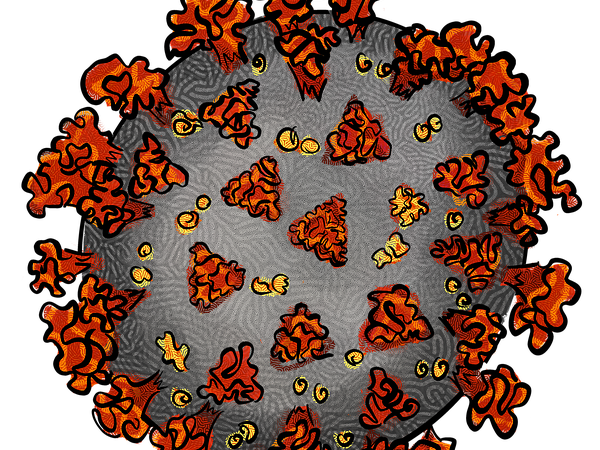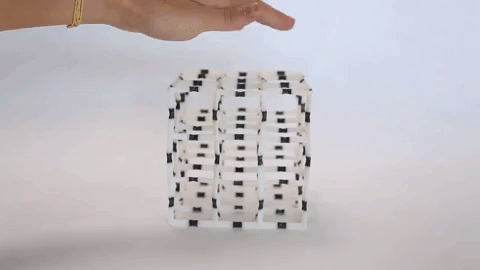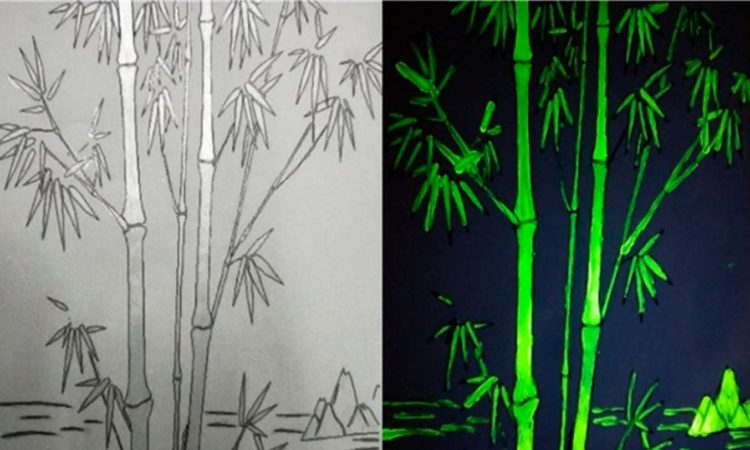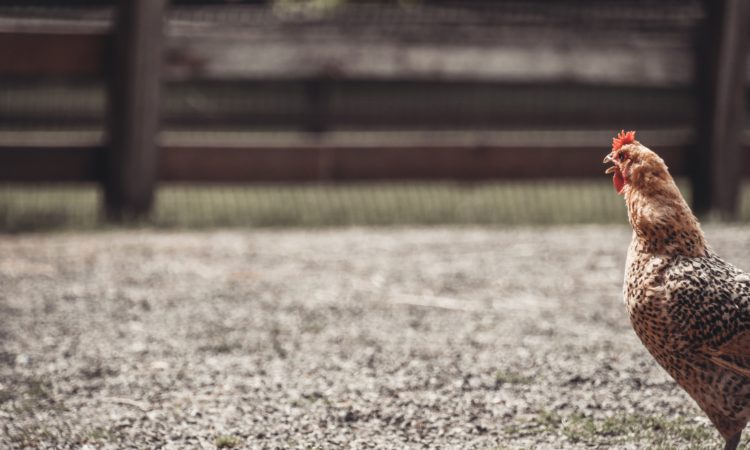Title: Microplastics in the atmosphere of Ahvaz City, IranAuthors: Sajjad Abbasi, Neamatollah Jaafarzadeh, Amir Zahedi, Maryam Ravanbakhsh, Somayeh Abbaszadeh & Andrew Turner.Journal: Journal of Environmental SciencesYear: 2023 Since the invention of plastics, humanity has found countless uses for this class of wonder-materials. From drinking straws to…
Unmasking COVID-19 infections
As the global COVID-19 pandemic rolls into its third year many of us wear masks almost all day at work or in the community. Read how these researchers have developed a sensor that can be embedded into your mask, which collects your exhaled breath to act as a COVID-19 test for the end of the day.
Combining Biomass and Carbon Dioxide Feedstocks Can Cut Polyurethane Emissions
Carbon dioxide and biomass combinations can reduce the carbon emissions of polyurethane production, but has negative effects on other environmental parameters.
What gives bird feathers such vivid colors?
Birds have a unique way of creating color in their wings and this is how they have become so colorful.
Another side (product) of synthesising antibiotic, daptomycin
Finding new antibiotics is difficult. Synthesising those new antibiotics can be just as hard, and sometimes is takes a long time to find a good approach. And sometimes the most important step in synthesis optimisation is characterising your side-products.
Intimidated by a paper title?
Sometimes we see a paper heading and freak out, put the paper away and never return to it. But don’t worry if that’s the case, we’ve got you…
Science of Soot
A new look on the chemistry occurring inside a flame!
The Smell of Rain Has a Biological Function
The earthy smell of soil originates from the bacteria that live there. But why do they produce this particular scent?
In Thin Air: Studying Reactions in Levitating Water Droplets
The power of levitation isn’t just for magicians anymore. Learn about a new way of examining water droplets as they float in midair using just sound!
Boiling mulberry juice increases its anti-cancer properties
Black mulberry juice is a known antioxidant – compounds that can consume free radicals before they can harm your cells. Researchers at Guangdong University also show that boiling mulberries increases its ability to treat colon cancer in cell culture, but not through antioxidant mechanisms.
#BlackInChem: Creating Support and Community for Black Women in STEM
Devin Swiner, one of the founders for #BlackInChem, shares what’s she’s learned, the hard-won wisdom she has earned as a Black woman in analytical chemistry.
Safer Hair Dyes
A new synthetic method to produce melanin, the natural molecule that leads to hair color, shows promise as a safer hair dye.
Monitoring Vital Signs with Temporary Tattoos
Skin-conforming, ultra-thin wearable medical sensors could make going to the doctor less invasive than ever before. This newly developed, “tattooable” sensor uses a newly developed material to create one of the thinnest yet.
Eating Spices could Boost Your Immune System
An interesting correlation has been discovered between consumption of spices and a lower fatality rate from COVID-19.
How effective are fabric masks?
The COVID-19 global pandemic has affected nearly every aspect of our lives, including the daily use of face masks. But how well do home-made fabric masks really filter the air we breathe?
Visualising Chemistry
Appreciating the 3D structure of the tiny chemical compounds we work with can be really difficult – but what if you could project the structure onto your living room floor?
Hopping from liquid to liquid or entering a sea of nanocrystals?
For some molecules, it’s not just gas, liquid, and solid. In these cases, careful characterization is required to determine if a liquid-liquid phase transition is occurring or nanocrystals are forming.
Want fluffy whole wheat bread? Use smaller flour particles
Chemists take a gander at how to make more appealing whole wheat loaves. For your COVID-19 baking needs and beyond!
Modifying Nature’s Biomachines: Putting Hats on Sperm Cells
Micromachines that can swim through the bloodstream could be a powerful tool to deliver essential medicine. But why design synthetic micromotors when one already exists in biology?
A color-changing band-aid for an ever-changing microworld
As infectious bacteria get more sophisticated in their survival strategies, it’s time our countermeasures did too.
Chemistry & COVID-19
The COVID-19 pandemic is consuming our news feed at the moment – while you’re self-isolating read about some of the great science research going on to combat our newest virus.
Expansion under pressure
Some materials expand when pressure is applied. A new member of this class of materials does so to an unprecedented extent, taking advantage of 3D rather than 2D design.
Make it green, make it bright!
Scientists craft a “greener,” copper-iodide-based ink with amazingly efficient photoluminescent properties
A brain found in glass pieces
Archaeologists in Herculaneum, in the south of Italy, discovered a black, glassy material that turned out to be… a human brain.
What happens when you add crap to graphene? Literally.
Graphene’s amazing properties make it one of the most popular new materials in recent years. But what if we could improve it with an unlikely additive?
